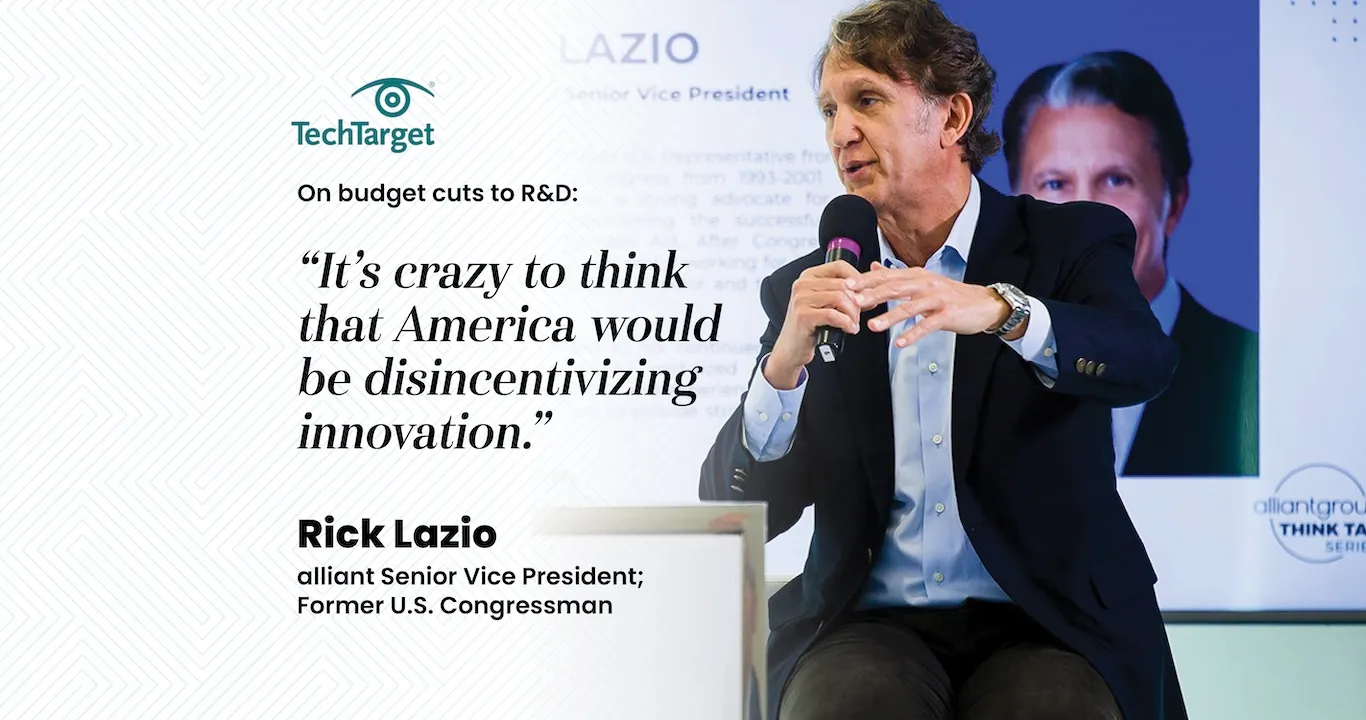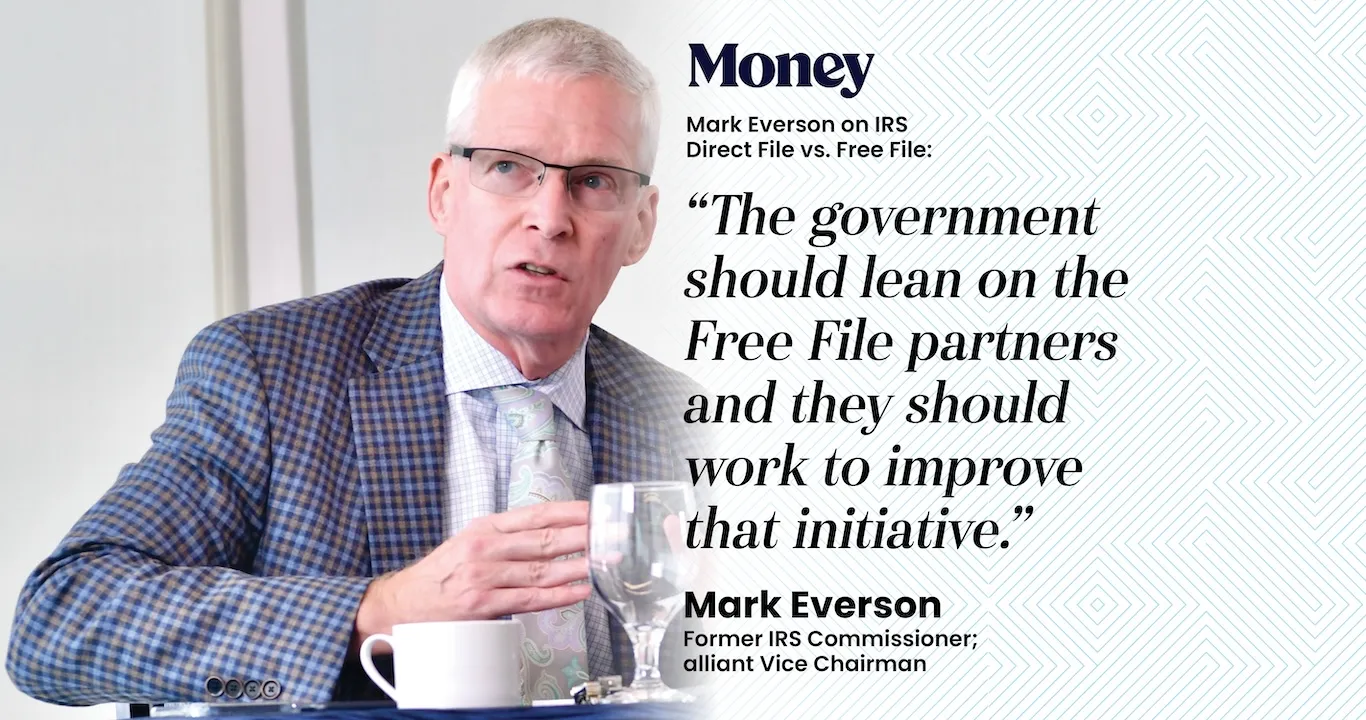MARCH 15, 2023
PUBLISHED IN
by Dean Zerbe, Former Senior Counsel to the U.S. Senate Finance Committee; alliantgroup National Managing Director
If you have any questions about this article, please send us a message.
Recent legislation and litigation involving the property deduction for energy efficient building projects should be seen as two major victories for taxpayers, particularly designers and contractors, according to a tax professional at a consulting firm specializing in the benefit.
Code Sec. 179D was enacted by the Energy Policy Act in 2005 as an incentive for commercial building owners and certain tax-exempt building designers to lower their energy output by investing in energy efficient components for new construction and existing structures, such as lighting and heating, ventilation, and air conditioning systems. Through 2022, the deduction was worth up to $1.80 per square foot of the building worked on.
Last year, Congress expanded the deduction “in a lot of good ways,” alliantgroup National Managing Director Dean Zerbe told Checkpoint in an interview. The Inflation Reduction Act (PL 117-169) increased the maximum deduction to $5.00 per square foot and also expanded eligibility to include more tax-exempt entities and Native American tribes. Now, charities, religious and political organizations, private schools and universities, and private foundations are all eligible for Code Sec. 179D.
However, to qualify for the higher deduction, as well increased credit amounts for other energy tax benefits under the Inflation Reduction Act, taxpayers must satisfy the new prevailing wage and apprenticeship requirements. The prevailing wage requirement establishes that laborers and mechanics employed by the taxpayer claiming a higher Code Sec. 179D deduction, including contractors and subcontractors, must be paid wages “at rates not less than the prevailing rates for construction, alteration, or repair of a similar character in the locality in which such facility is located as most recently determined by the Secretary of Labor,” per the IRS. The apprenticeship requirement provides that registered apprentices work at least a minimum percentage of total hours of construction, backed up by sufficient recordkeeping. Both requirements took effect in January and the IRS released initial guidance on the prevailing wage and apprenticeship rules in Notice 2022-61.
While Zerbe welcomes the expansions to Code Sec. 179D, he said that the labor requirements are “a real dampener” for some claimants and limit businesses’ ability to “take full advantage of the tax benefit.” He explained that complying with the reporting aspects of the requirements may prove difficult for some contractors or subcontractors that “won’t know what the story is for all the workers onsite” in terms of wage and apprenticeship hours.
“We’re expecting you’ll have a significant number of companies that won’t be able to meet” those thresholds,” said Zerbe, who previously served as senior counsel and tax counsel for former Senate Finance Committee Chair Chuck Grassley, Republican of Iowa, from 2001-2008 and is now a partner at Zerbe, Miller, Fingeret, Frank & Jadav LLP. Variation in state laws may also muddy the ease in which companies can report necessary worker information, such as if a state is a so-called right-to-work state. Zerbe said “it’s a little bit surprising because [the Inflation Reduction Act] was put in place because of concerns about climate and energy efficiency. It’s pretty unheard of … having these kinds of labor requirement provisions put in place.”
Despite Zerbe’s reservations toward those guardrails under the inflation bill, he was pleased that an alliantgroup client secured a win in the U.S. Tax Court in Johnson v. Comm. (160 T.C. No. 2) late January. Taxpayer Edwards 4 Engineering, an S corporation represented by partners at Zerbe’s firm, prevailed against the IRS’ disallowance of their deduction for HVAC work done on a VA hospital in 2013. The IRS had brought numerous technical objections to court as to why the deduction should not have been allowed, but the Tax Court ruled that Edwards followed the requirements set forth in the IRS’ own guidance (Notice 2008-40).
Zerbe said it was “heartening” that the Tax Court “took a common sense, practical view” of a real-world application of how the Code Sec. 179D deduction is claimed. He said that the IRS took a “ticky-tack” position in their arguments, and that overcoming IRS scrutiny when claiming Code Sec. 179D can feel like “more of a game” opposed to good faith taxpayers receiving benefits as statutorily intended.
“Getting those [arguments] knocked out should hopefully clear the deck in a lot of ways and give designers, particularly contractors, greater confidence going forward,” said Zerbe, calling the decision an “important win for folks in this field.”
About the Author

Dean Zerbe is alliantgroup’s National Managing Director based in the firm’s Washington D.C. office. Prior to joining alliantgroup, Mr. Zerbe was Senior Counsel and Tax Counsel to the U.S. Senate Committee on Finance. He worked closely with then-Chairman and current Ranking Member of the Finance Committee, Senator Charles Grassley (R-IA), on tax legislation. During his tenure on the Finance Committee, Mr. Zerbe was intimately involved with nearly every major piece of tax legislation that was signed into law – including the 2001 and 2003 tax reconciliation bills, the JOBS bill in 2004 (corporate tax reform), and the Pension Protection Act. Mr. Zerbe is a frequent speaker and author on the outlook for short-term and long-term changes in tax policy, as well as ways accounting firms can help their clients lower their tax bill. He holds an LL.M. in Taxation from NYU and a J.D. from George Mason University.


